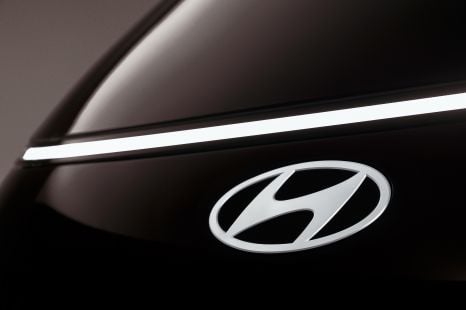

Damion Smy
Hyundai teases Staria EV ahead of likely January reveal
2 Hours Ago

Contributor
The BMW i3 has been on a farewell tour longer than John Farnham’s, but production of the quirky electric hatch has officially ended.
The final i3 has rolled off the production line in Leipzig, Germany, after 250,000 sales and eight years on the global market. BMW is celebrating with just 10 examples of a model called the HomeRun, finished in Frozen matte paint.
Unlike the BMW i8 plug-in hybrid sports-car sibling that also launched in 2014, the BMW i3 was initially offered with a choice of all-electric or range-extender (REx) powertrains.
The REx powertrain slotted a lightweight 650cc motorcycle engine alongside the electric motor to act as a generator. The engine never directly powered the wheels, instead only ever charging the battery.
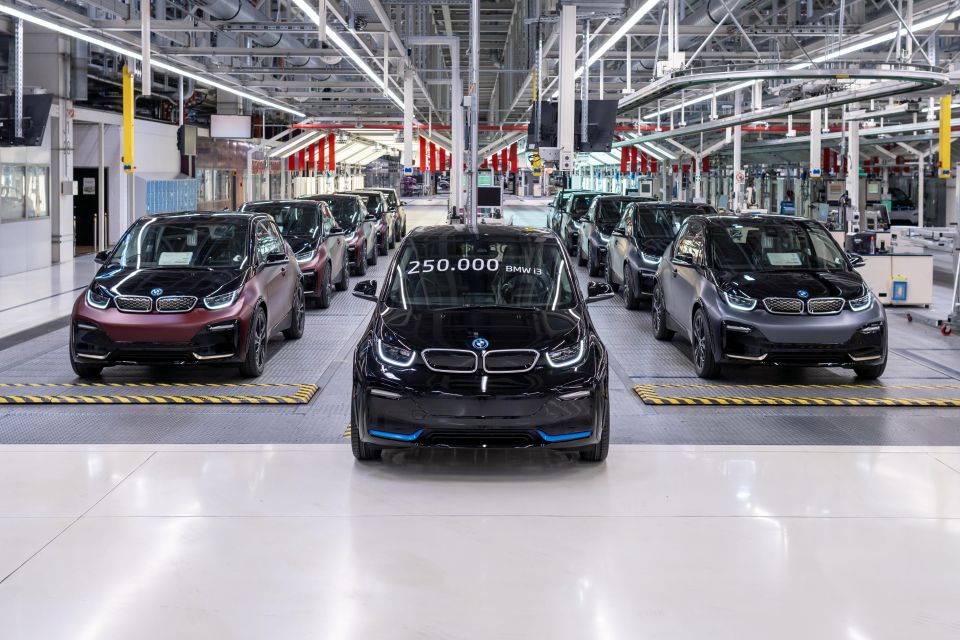
At launch, the materials and production processes used to build the i3 were touted as the future by BMW. It’s built on a ‘skateboard’ chassis where the batteries are sandwiched between the front and rear wheels, low across the floor of the vehicle, which enabled a low centre of gravity.
Weight reduction was also a major focus with the i3, with the body made entirely from carbon-fibre reinforced plastic (CFRP), which is substantially lighter yet stiffer than any steel or aluminium equivalent.
In the process of production, the raw material required for CFRP was shipped from Japan to a dedicated plant in Moses Lake, Washington for processing, and then shipped to Germany for fabrication and installation.
This CFRP capsule was then clad with plastic panels that could be easily replaced after an accident.
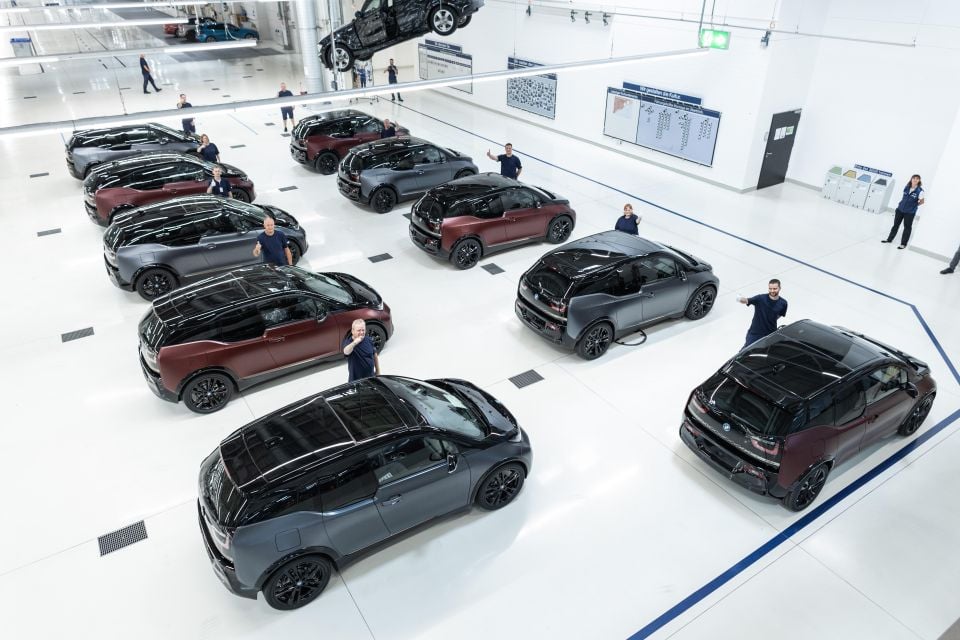
The manufacturing process that BMW used to manufacture the i3 was costly, but the automaker learnt many new processes it could use for its future vehicles.
Entering the i3 through its rear coach doors presented an other-worldly interior with a flat floor and countless elements of sustainable or recycled materials.
BMW hasn’t backed down from its bold rhetoric about the i3’s futuristic credentials, even though it’s now officially dead.
“The BMW i3 started out as an exotic specimen on the still barely tapped market for electric vehicles, developed into a classic with unmistakable charisma already in the course of its production period and goes down in the company’s history as a pioneer of sustainable mobility,” the brand says.
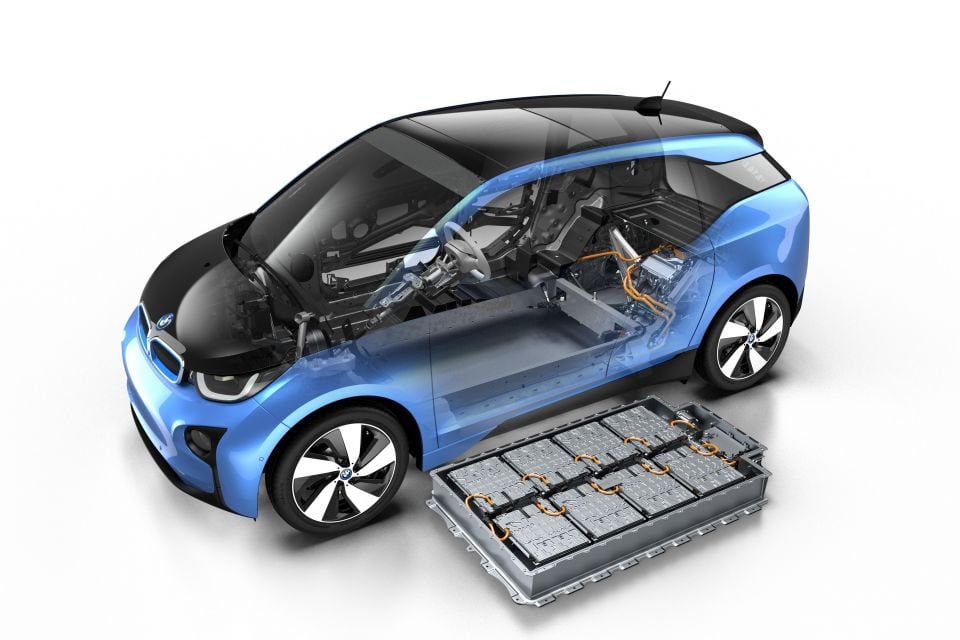
Australian stock of the carbon-tubbed, suicide-doored city car dried up at the end of 2021. BMW Australia did not directly address the i3’s demise, but pledged to offer compact electric cars again in the future.
The iX1 electric SUV will be in Australia early in 2023 to pick up the i3’s mantle.
The writing has been on the wall for the i3 for a while now. Production for the North American market ceased earlier in 2021, and stock in global markets has been dwindling as BMW gears up to launch a new generation of i-badged electric cars.
In Australia, that rollout has been led by the iX and iX3 SUVs, along with the i4 fastback. BMW has detailed a new electric platform and bold goals for its EV sales moving forward.
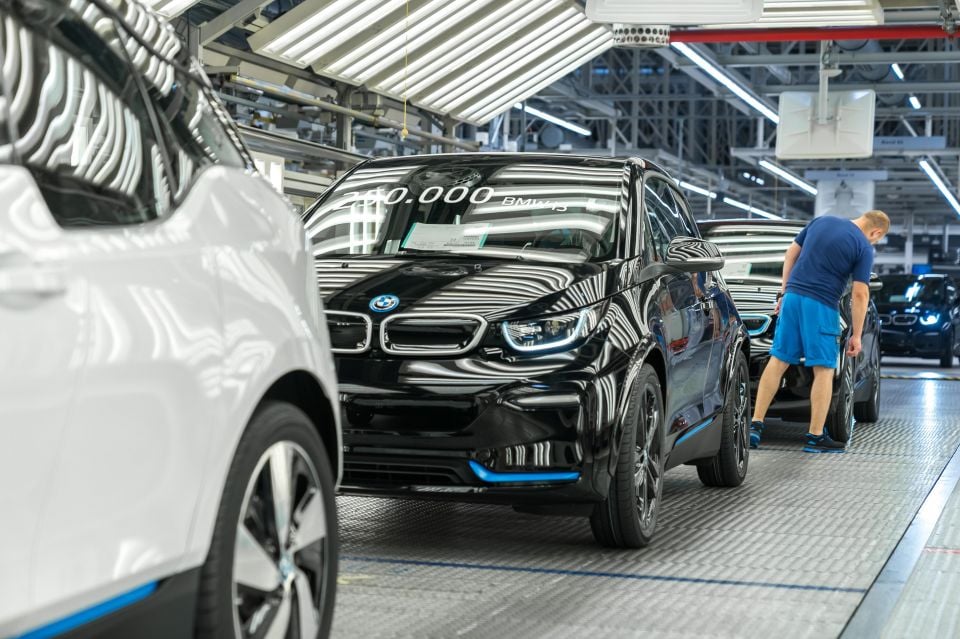
All new electric BMWs from 2025 onwards will use this Neue Klasse architecture, with it eventually replacing today’s FAAR and CLAR architectures.
The architecture will use elements learned from the i3 and iX, such as an aluminium and steel platform base, a carbon-fibre body structure, CFRP elements, and body panels made from aluminium, steel and composite plastic, with the aim of keeping weight down.
Neue Klasse will support vehicles ranging in size from a 2 Series Gran Coupe to an X7, and will support vehicles with front-, rear-, and all-wheel drive and various battery packs.
Where expert car reviews meet expert car buying – CarExpert gives you trusted advice, personalised service and real savings on your next new car.
Scott Collie is an automotive journalist based in Melbourne, Australia. Scott studied journalism at RMIT University and, after a lifelong obsession with everything automotive, started covering the car industry shortly afterwards. He has a passion for travel, and is an avid Melbourne Demons supporter.


Damion Smy
2 Hours Ago
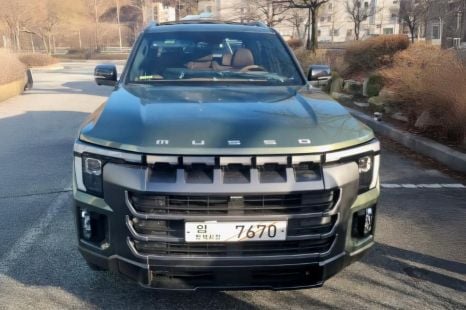

Damion Smy
6 Hours Ago


Damion Smy
7 Hours Ago
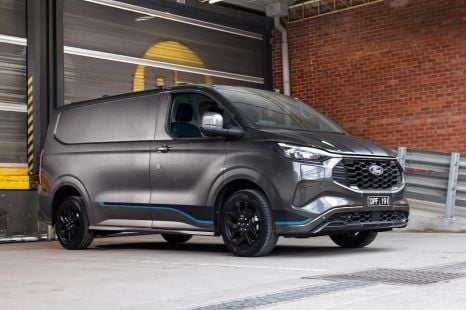

Damion Smy
7 Hours Ago
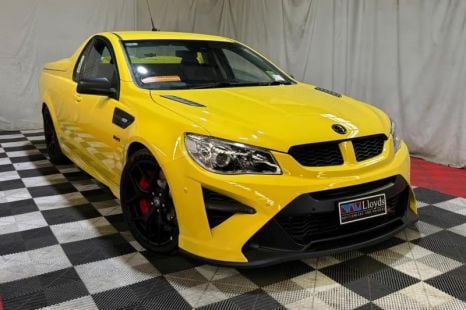

Damion Smy
8 Hours Ago
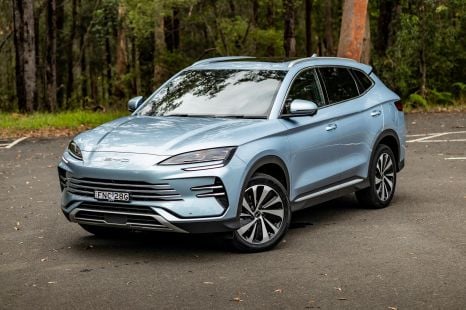

Josh Nevett
8 Hours Ago